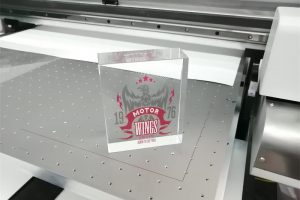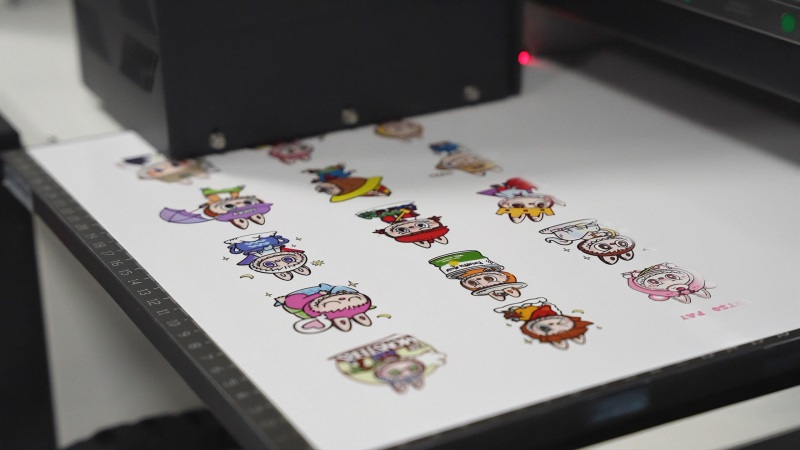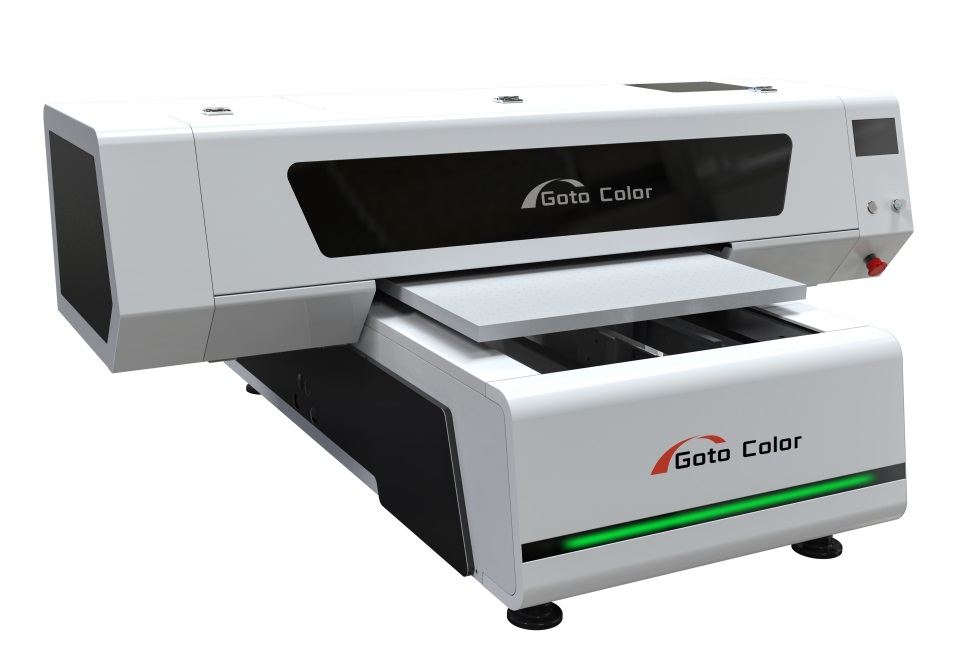Contents
- 1 1. Printhead Alignment or Calibration Errors
- 2 2. Clogged or Partially Blocked Nozzles
- 3 3. Incorrect Pass Mode or Resolution Setting
- 4 4. Ink Flow or Pressure Issues
- 5 5. Media Feed or Carriage Speed Problems
- 6 6. UV Lamp or Curing Inconsistency
- 7 7. Static Electricity or Dust
- 8 8. Software or ICC Profile Issues
- 9 9. Mechanical Wear
- 10 Summary
1. Printhead Alignment or Calibration Errors
Cause:
Misaligned printheads produce uneven ink distribution or visible lines between passes.
Solution:
- Run the printer’s head alignment calibration from the control menu.
- Perform a bi-directional calibration if your printer supports it.
- Always test-print after alignment.
2. Clogged or Partially Blocked Nozzles
Cause:
Ink jets are partially blocked, causing missing lines or light bands.
Solution:
- Perform a nozzle test.
- Clean or flush the printhead with cleaning solution.
- Keep the printhead and capping station clean to prevent re-clogging.
3. Incorrect Pass Mode or Resolution Setting
Cause:
Using too few passes or a low-resolution mode increases visible banding.
Solution:
- Increase the number of passes (e.g., from 4-pass to 8-pass).
- Choose a higher DPI for smoother gradients.
- Use unidirectional printing for precise image work.
4. Ink Flow or Pressure Issues
Cause:
Air bubbles, clogged dampers, or weak pump pressure cause inconsistent ink output.
Solution:
- Check for air in the ink line.
- Replace dampers every 3–6 months.
- Run ink charge or ink fill function to remove air.
5. Media Feed or Carriage Speed Problems
Cause:
If the media advances unevenly or the carriage moves too fast, visible gaps occur.
Solution:
- Inspect and clean media feed rollers.
- Adjust feed compensation in the printer settings.
- Slow down the carriage speed if adjustable.
6. UV Lamp or Curing Inconsistency
Cause:
Uneven UV curing causes visible color shifts or gloss bands.
Solution:
- Clean UV lamps and reflectors.
- Check lamp intensity and replace weak bulbs.
- Keep curing distance consistent across the print area.
7. Static Electricity or Dust
Cause:
Static or debris repels ink droplets, creating horizontal stripes.
Solution:
- Wipe the substrate with an anti-static cloth.
- Use an ionizer bar if available.
- Keep the print area dust-free.
8. Software or ICC Profile Issues
Cause:
Incorrect color profile or RIP settings can cause uneven ink laydown.
Solution:
- Use manufacturer-recommended ICC profiles.
- Reinstall or update your RIP software.
- Ensure pass overlap and color management settings are correct.
9. Mechanical Wear
Cause:
Old encoder strip, worn belts, or dirty sensors can disrupt motion accuracy.
Solution:
- Clean or replace encoder strip and carriage belt.
- Lubricate carriage rails as specified by the manufacturer.
Summary
Banding in UV printing usually results from mechanical misalignment, ink delivery issues, or printhead problems. Regular maintenance, proper calibration, and stable printing conditions eliminate most cases.












